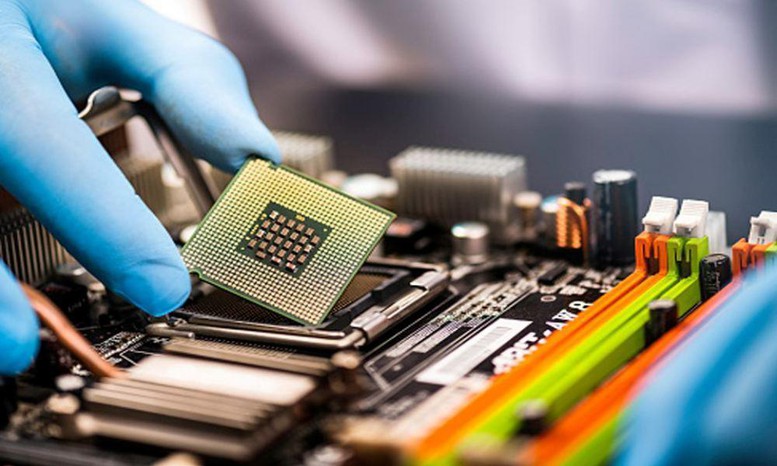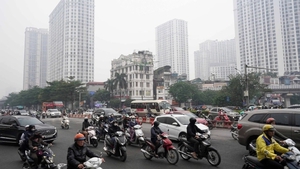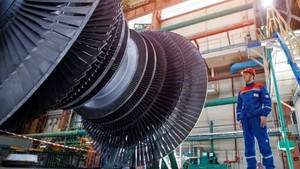Gov't targets to raise turnover of semiconductor industry to US$100 billion by 2050
VGP - The Government targets to raise annual turnover of Viet Nam's semiconductor industry to US$100 billion by 2050, according to its latest strategy released Saturday.

Viet Nam looks to become one of the world's leaders in the semiconductor and electronics industries, and master research and development (R&D) in these fields by 2050.
Prime Minister Pham Minh Chinh has signed Decision 1018/QD-TTg dated September 21, 2024 approving the Strategy for Viet Nam's semiconductor industry development through 2030, vision to 2050.
The strategy outlines a roadmap for developing the industry according to the following formula:
C = SET + 1
(C stands for Chip, S for Specialized, E for Electronics, T for Talent, and + 1 for Viet Nam which means Viet Nam will strive to become a new and safe destination of the global semiconductor supply chain).
Three phases for semiconductor industry development
First phase: (from 2024 - 2030) Viet Nam will make use of geopolitical and semiconductor workforce advantages, selectively attract foreign direct investment (FDI), establish itself as one of the global semiconductor manpower center, and grow fundamental capacity in all steps, from research, design, and manufacturing to packaging and testing.
The country will selectively attract FDI; form at least 100 design companies, one small-scaled manufacturing factory, and 10 packaging and testing plants; and develop some specialised semiconductor products for several sectors.
The semiconductor industry is expected to secure annual revenue of more than US$25 billion and an added value growth rate of 10 – 15 percent. Meanwhile, the electronics industry targets over US$225 billion in annual revenue and also 10 – 15 percent in added value growth.
The semiconductor workforce will include more than 50,000 engineers and graduates, with an appropriate structure and number, to meet development demand during 2024 - 2030.
Second phase: (from 2030 - 2040) Viet Nam will work to become a global semiconductor and electronics center while developing the semiconductor and electronics industries that combine both self-reliance and FDI.
The Southeast Asian country targets to have least 200 design companies, two manufacturing factories, and 15 packaging and testing plants, and gradually ensure self-sufficiency of design and production technologies for specialised semiconductor products.
It also targets respective annual revenues of over US$50 billion and US$485 billion for the semiconductor and electronics industries, which are expected to record an added value growth rate of 15 – 20 percent.
Meanwhile, more than 100,000 semiconductor engineers and graduates will be available during 2030 - 2040.
Third phase: (from 2040 - 2050), Viet Nam looks to become one of the world's leaders in the semiconductor and electronics industries, and master research and development (R&D) in these fields.
There will be at least 300 design companies, three manufacturing factories, and 20 packaging and testing plants. The country is expected to master semiconductor R&D.
The semiconductor and electronics industries are expected to post respective annual revenues of more than US$100 billion and US$1.045 trillion, as well as a growth rate of 20 – 25 percent in added value.
To achieve the above goals, Viet Nam will focus on: (i) developing dedicated chips, (ii) developing electronics industry, (iii) developing manpower and attracting talented to the semiconductor sector, (iv) luring foreign direct investments into the sector, (v) establishing the National Steering Committee on semiconductor industry development./.















